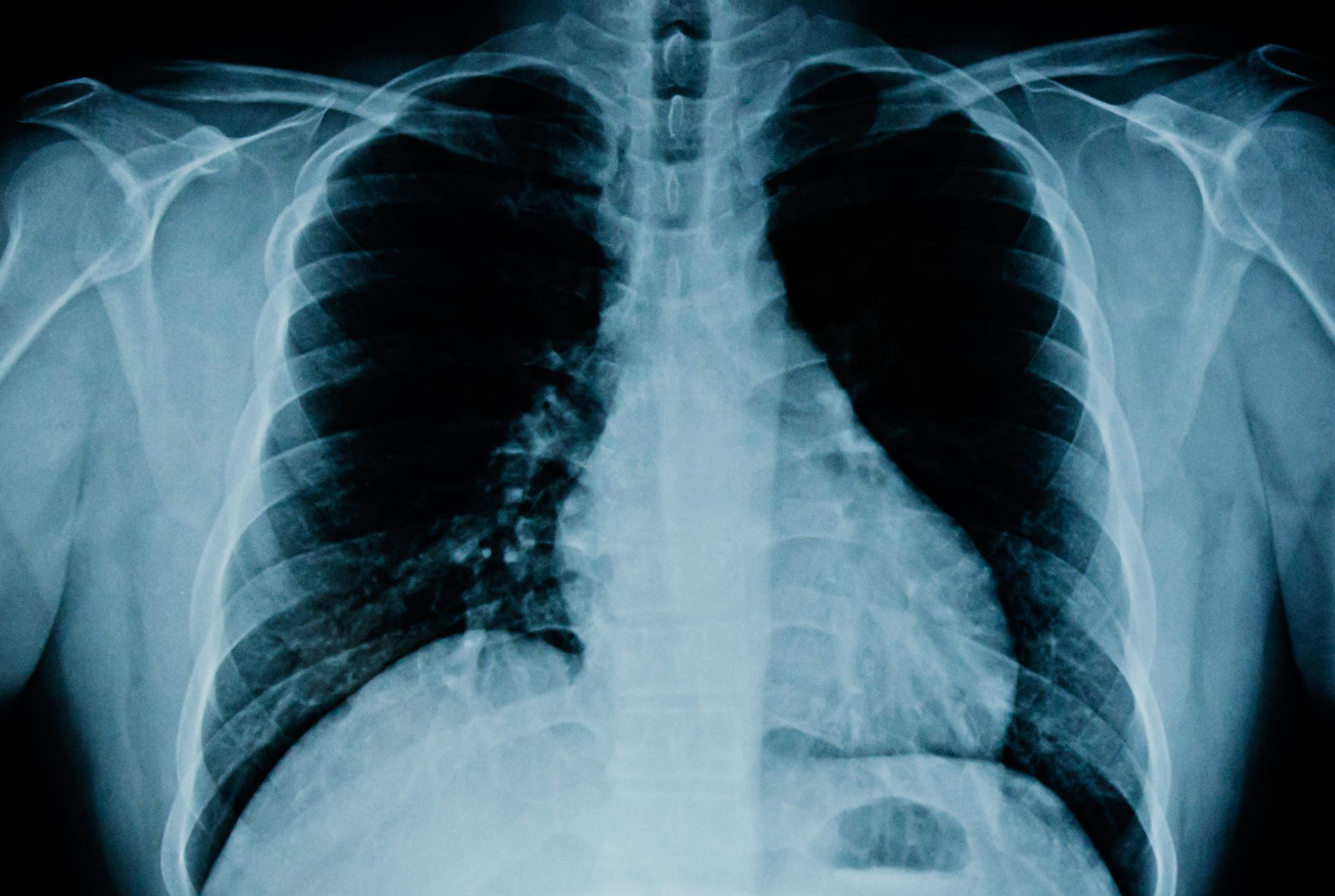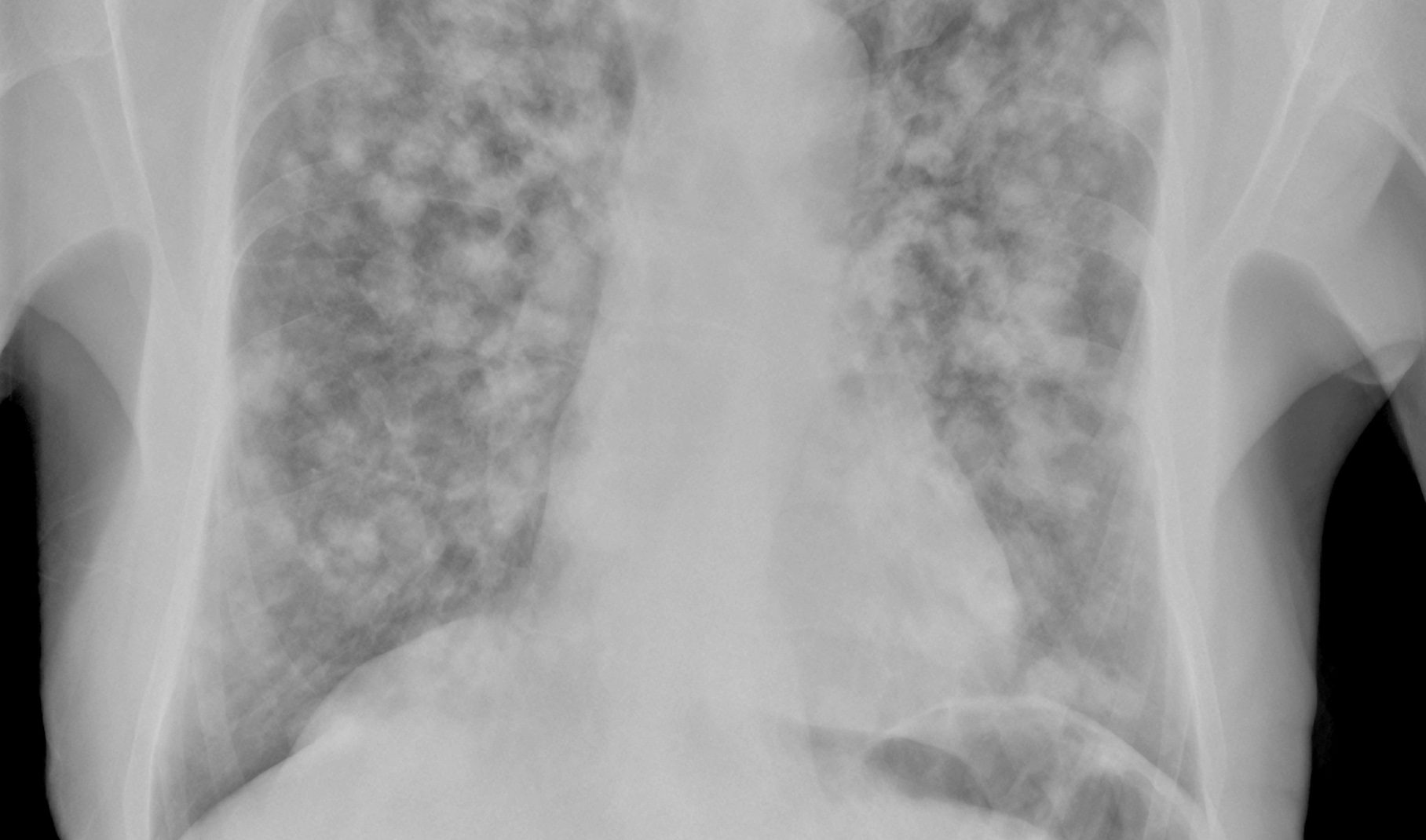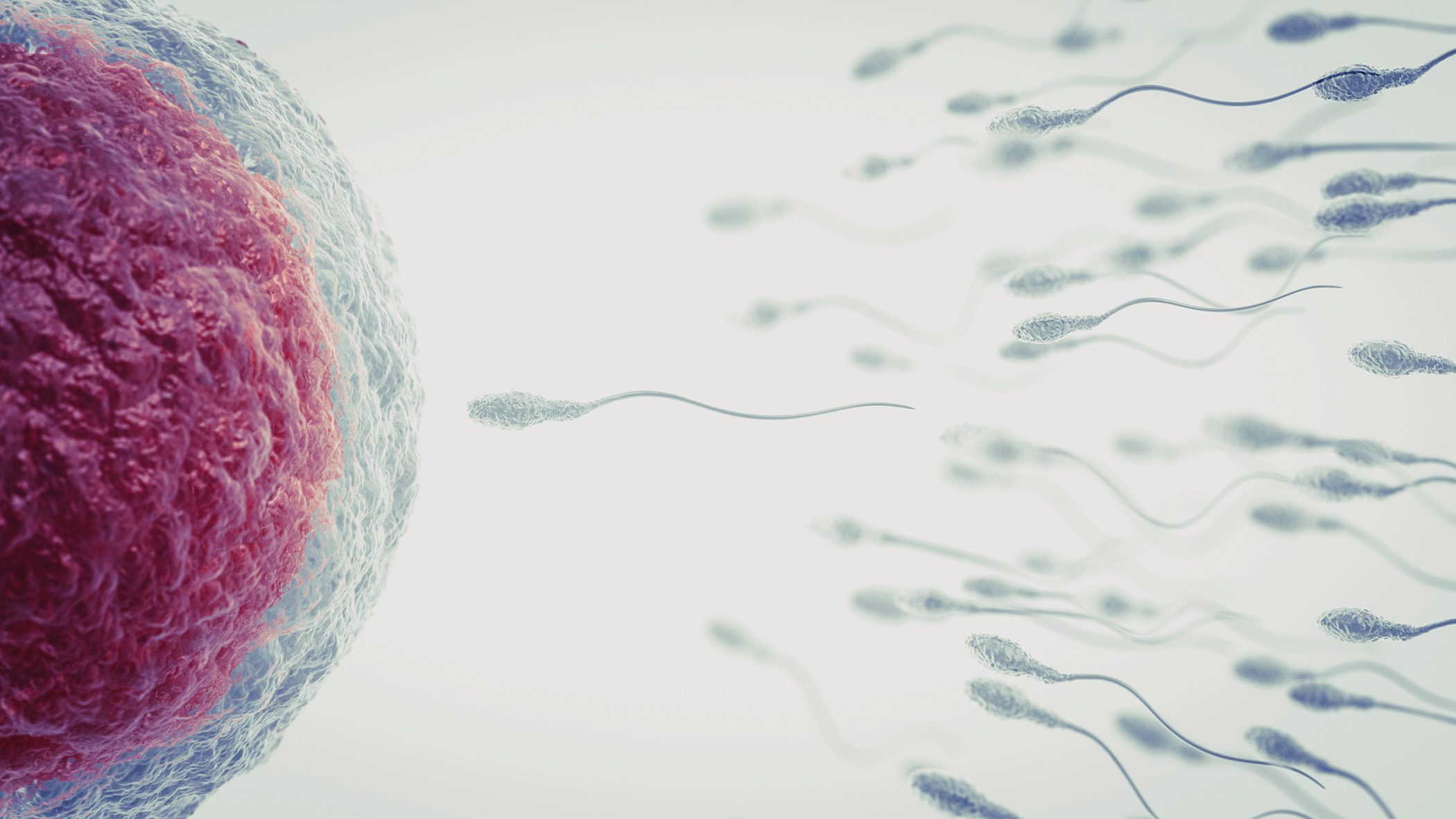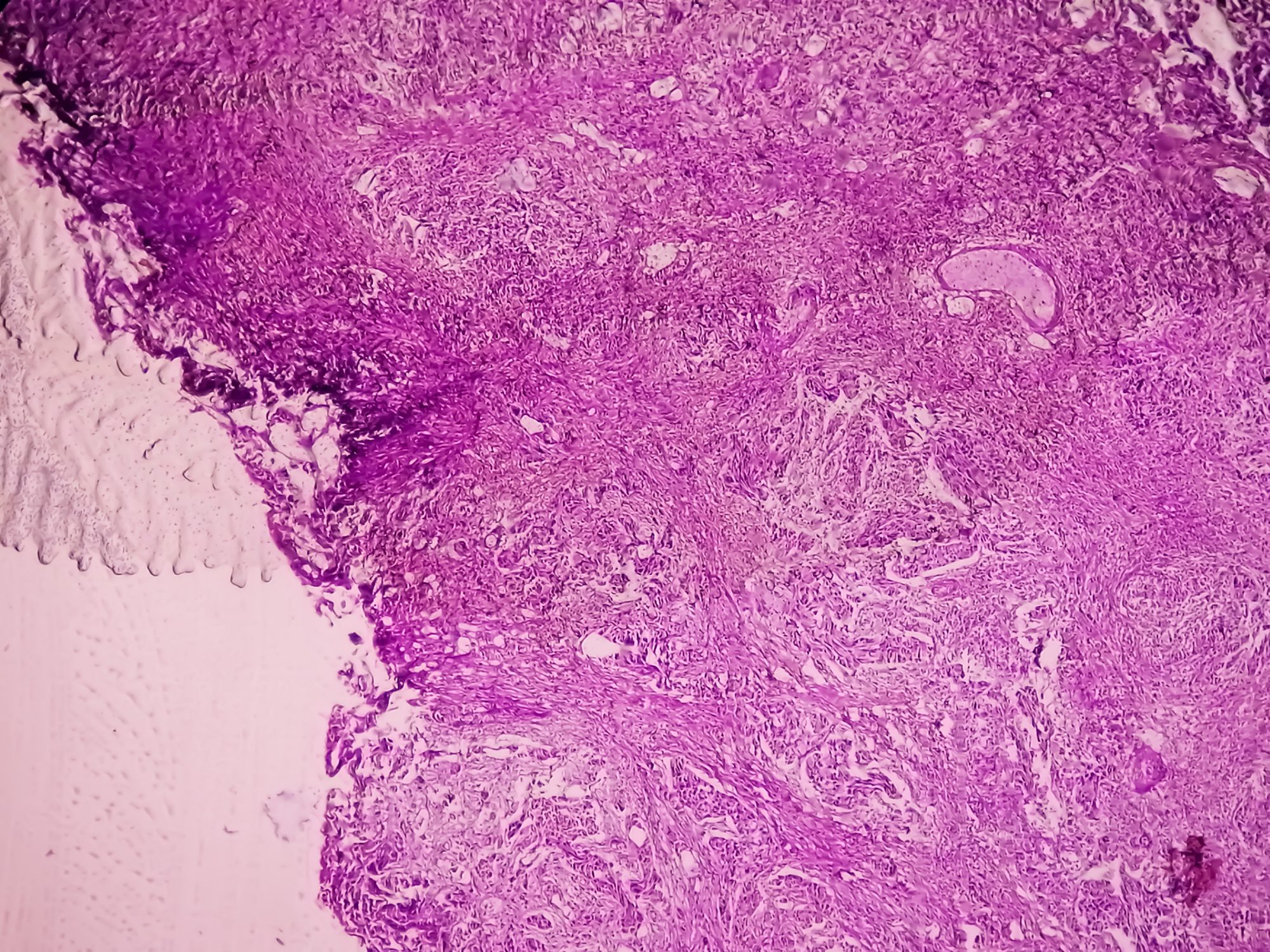The Microbiology and Hygiene Working Group, established in 2019 by the Chronic Wound Initiative (ICW), has updated its consensus recommendation, Infection Prevention and Hygiene in Wound Care, with an emphasis on being a practical information guide for wound care hygiene in a variety of settings.
A basic assumption of the ICW is that the application of standards in prophylaxis and therapy can save a lot of suffering and also costs for people with chronic wounds. PD Dr. med. A. Schwarzkopf, specialist in microbiology and infection epidemiology and member of the advisory board ICW e.V., presented the newly published consensus recommendations on the occasion of the Wound Congress Nuremberg [1]. The guideline is intended to help nurses and physicians to act confidently in wound care and also takes into account the care reality that wound patients are cared for not only in health care facilities but also in private households. Hygiene concepts are measures accompanying therapy and take place within legally regulated framework conditions (e.g. Infection Protection Act, Occupational Health and Safety Act, Medical Devices Act).

Wound infection prophylaxis: still a challenge
Local wound infection of chronic, as well as acute and postoperative wounds, remains a core problem of impaired wound healing [2]. For the care of these wounds, the consideration of certain treatment principles is indispensable and state-of-the-art [3]. The speaker gives the example of acute but sometimes chronicizing postoperative wounds when initially there was only suture dehiscence. In some cases, timely antiseptic measures can save a lot of suffering. For localized infection, the use of contemporary antimicrobial wound therapeutics is often an effective treatment option.

Microbiological diagnostics: biopsy only useful in exceptional cases
The colonization of chronic as well as acute and postoperative wounds remains an important topic for microbiological diagnostics. With regard to the pathogen spectrum, Enterobacterales, Staphylococcus aureaus, Pseudomonas aeruginosa and other waterborne germs, as well as multi-resistant pathogens (MRE) are of particular relevance. The most significant MREs are methicillin-resistant Staphylococcus aureus (MRSA), vancomycin-resistant enterococci (VRE), and the multidrug-resistant gram-negative bacteria (MRGN). “From a hygienic point of view, it is not so important whether you have MRSA or MRGN in front of you,” explained the speaker, but the question is rather the localization, i.e., whether the MRE are in the throat/nose area or on the skin [1]. This is relevant for the respective measures.
Various techniques are available to detect bacteria in the wound. In contrast to the past, it is nowadays recommended to include the wound margin in the bacteriological smear [1]. A biopsy for pathogen diagnosis is only indicated in some cases, for example when certain pathogens are suspected.

Recommendations for wound cleansing and dressing changes
Surgical debridement and cleansing of the base, followed by application of antimicrobial wound dressings serve to protect against new biofilm formation. Recommendations for dressing changes are also part of the infection prophylaxis guide. The consensus recommendation “Hygiene in wound care” can be obtained from the ICW homepage. Also available is a companion learning book published in parallel.
Congress: Wound Congress Nuremberg
Literature:
- «Prävention von Wundinfektionen – der Neue Hygieneleitfaden der ICW», PD Dr. med. A. Schwarzkopf, Wundkongress Nürnberg, 01.12.2022.
- Han G, Ceilley R: Chronic Wound Healing: A Review of Current Management and Treatments. Adv Ther 2017, 34: 599–610.
- Cooper R, Kirketerp-Moller K: Non-antibiotic antimicrobial interventions and antimicrobial stewardship in wound care: EWMA’s antimicrobial stewardship programme. J Wound Care 2018; 27: 5: 1–18.
- Stürmer EK, Dissemond J: Evidenz in der lokalen Therapie chronischer Wunden: Was ist gesichert? Phlebologie 2022; 51(02): 79–87.
- KRINKO Prävention postoperativer Wundinfektionen: Empfehlung der Kommission für Krankenhaushygiene und Infektionsprävention (KRINKO) beim Robert Koch Institut. Bundesgesundheitsblatt Gesundheitsforschung Gesundheitsschutz 2018; 61(4): 448–473.
- Dissemond J: Diagnostik und Therapie lokaler Wundinfektionen. Z Gerontol Geriat 2023; 56: 48–52.
DERMATOLOGIE PRAXIS 2023; 33(1): 36
HAUSARZT PRAXIS 2023; 18(2): 31











